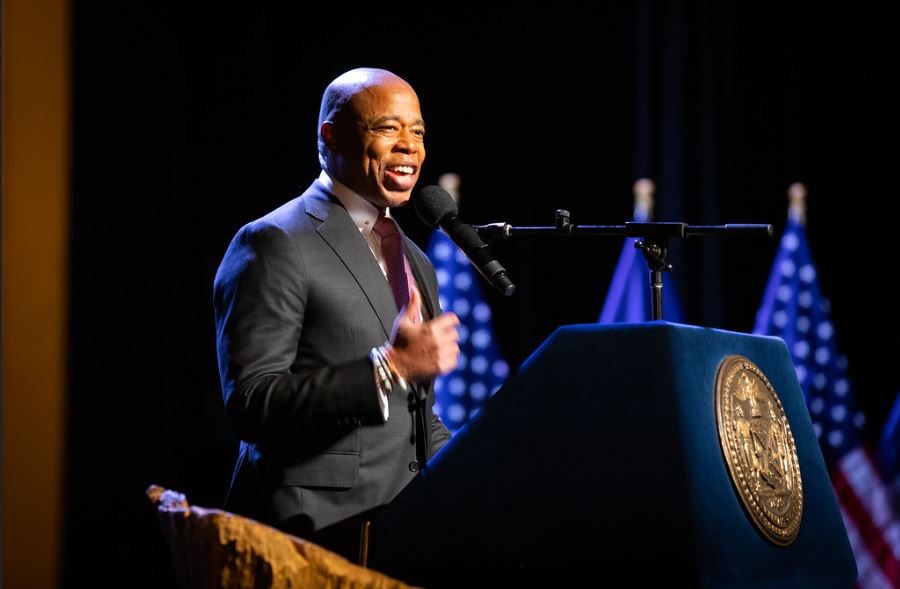Over the next three years, New York City will wipe out over $2 billion in medical debt for hundreds of thousands of working-class citizens, according to Mayor Eric Adams and New York City Department of Health and Mental Hygiene (DOHMH) Commissioner Dr. Ashwin Vasan.
Up to half a million New Yorkers will see their medical debt relieved thanks to the program, the largest municipal initiative of its kind in the country, according to the mayor.
“Getting health care shouldn’t be a burden that weighs on New Yorkers and their families,” said Adams. “Since day one, our administration has been driven by the clear mission of supporting working-class New Yorkers and today’s investment that will provide $2 billion in medical debt relief is another major step in delivering on that vision."
Medical debt is the number one cause of bankruptcy in the United States and it disproportionately affects uninsured, under-insured, and low-income households.
The city will partner with RIP Medical Debt, a national, New York City-based nonprofit specializing in buying medical debt to acquire debt portfolios and retiree debt from health care providers and hospitals across the city.
There is no application process and qualifiying New Yorkers will be notified that their medical debt has been relieved. The one-time debt relief program will launch in early 2024 and run for three years.
“Throughout my career as a doctor, I have seen first-hand how high health care costs and medical debt can force patients to make impossible choices,” said DOHMH Commissioner Dr. Ashwin Vasan. “No one in New York City, or in America, in 2024, should have to choose between getting the health care they need and paying their rent or buying food to feed their families."
As a provider, Dr. Vasan said he often saw patients who delay or forgo lifesaving care because of fear of high costs leading to debt.
"As a physician and advocate, I know medical debt is killing New Yorkers and killing our economy, and today, this city is stepping up to say that the people deserve better," he said.
RIP Medical Debt will purchase bundled medical debt portfolios from providers like hospitals and commercial debt buyers. Debt relief recipients will then be notified that their debt has been bought by a third party and erased, with no strings attached.
Residents must meet one of two eligibility criteria to qualify: having an annual household income at or below 400% of the federal poverty line or having medical debt equal to 5% or more of their annual household income.
To supplement the city’s investment, RIP Medical Debt and the Mayor’s Fund to Advance New York City will raise additional funding over three years. New Yorkers interested in helping relieve medical debt can donate online.
More than 100 million Americans hold some medical debt, with the total amount nationwide exceeding $195 billion. Carrying medical debt can undermine financial stability and mobility, as it can affect credit scores and put individuals and families in difficult positions to choose between care and other needed expenses. Black and Latino communities are 50 percent and 35 percent, respectively, more likely to hold medical debt than their white counterparts, and while medical debt may be held by those without insurance, even those with insurance are at risk of carrying medical debt.




